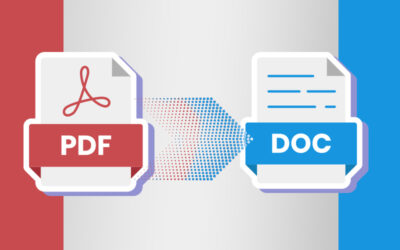
In a welcome move, the National Endowment for the Humanities has awarded $ 400,000 grant for finding and digitizing documents written by or to President Abraham Lincoln. This 3-year grant is the largest amount this project entitled “Papers of Abraham Lincoln” has received so far from the National Endowment for the Humanities. It is expected that more documents related to Lincoln’s career in Congress may be posted online. What are the advantages offered by a project such as this?
Advantages of Document Conversion for libraries
- It would provide broader and enhanced access to a wider community. Thousands of people can gain access to the information at anytime from anywhere.
- Digitization helps to preserve fragile original objects and prevent the originals from damage through handling and displaying. This is the most common motivation behind digitization.
- It is also a means of creating resources that can be re- purposed for unseen uses in the future. It is often the case that materials that were originally part of a complete collection are now held in far- flung locations. There is a growing desire to present a virtual sense of what the entire collection would be like. So, it helps in re-unifying such materials.
- It helps in the dissemination of knowledge, culture and tradition and thus promotes the richness of heritage.
Ensuring Efficiency in Document Scanning
Efforts at digitizing to bring hidden valuable collections to visibility are still in their infant stage in the case of historical documents. All these documents should be scanned for increased visibility, accessibility and for providing quality information. Projects such as these are large volume and labor intensive. It also requires considerable time and manpower. While organizations can perform it in-house with the right equipment, technology and staff, a more cost-effective option would be to partner with a document conversion company.
Document scanning needs meticulous planning both technically and professionally, but reliable service providers will help you to complete your project efficiently.



